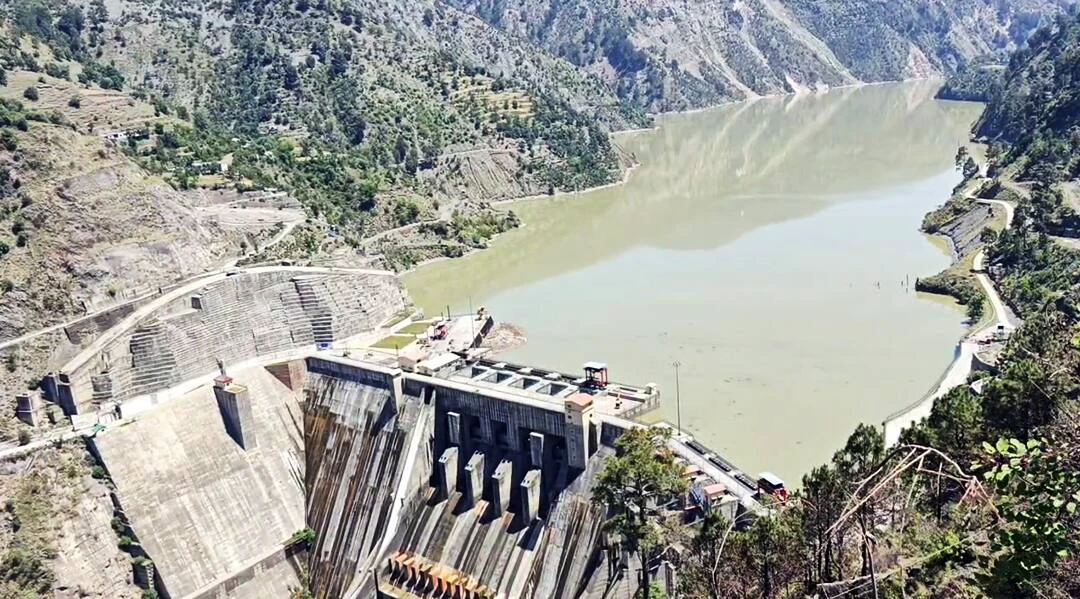In a significant escalation of its water diplomacy and strategic resource planning, India has moved to a bigger plan of to redirect surplus waters from the Indus river system.
After initiating swift, short-term measures to control and utilise available flows, the government is now eyeing an inter-basin water transfer project-a 113-km-long canal designed to divert excess water from Jammu & Kashmir to the parched lands of Punjab, Haryana, and Rajasthan.
Centre will also revive the long-stalled Ujh multipurpose project in Kathua, J&K, which aims to generate hydroelectric power while boosting irrigation and drinking water supplies. This move aligns with India’s renewed commitment to fully utilise its share of water from both the eastern and western rivers under the Indus Waters Treaty.
India to redirect Chenab Waters, curb flow to Pakistan
The proposed Chenab-Ravi-Beas-Sutlej canal will seamlessly link various water networks, optimising the use of waters from Ravi, Beas, and Sutlej, and significantly reducing the volume flowing into Pakistan. According to insiders, the canal is designed to integrate with existing infrastructure at 13 critical nodes across Jammu, Punjab, Haryana, and Rajasthan, connecting to the Indira Gandhi Canal, which presently channels water from the Sutlej and Beas.
On Saturday, Home Minister Amit Shah said, “Indus waters will be taken to Rajasthan’s Sri Ganganagar through canals within three years, and irrigation facilities will benefit a large area of the country even as Pakistan will crave for every drop of water.”
Experts believe this inter-basin water transfer could dramatically alter the regional water landscape. Dr. Uttam Sinha, senior fellow at the Manohar Parrikar Institute for Defence Studies and Analyses (IDSA), remarked, “Redirecting surplus flows from J&K to Punjab, Haryana and Rajasthan could help balance regional water availability. This internal reallocation would strengthen India’s water resilience in the face of climate variability and changing rainfall patterns.”
The comprehensive plan also includes a major upgrade to the Ranbir Canal, which currently draws water from the Chenab-doubling its length from 60 km to 120 km. Authorities are also looking to unlock the full capacity of the Pratap Canal, depending on feasibility assessments.
Ujh multipurpose project
The long-pending Ravi-Beas link project, positioned below the Ujh River, is being revisited. The project envisages constructing a barrage on the Ravi to capture excess flows that would otherwise head to Pakistan and reroute them to the Beas basin through a tunnel. The Ujh, a key tributary of the Ravi, will play a central role in this reconfiguration.
These expansive projects come on top of urgent short-term efforts like desilting and flushing the Baglihar and Salal hydroelectric projects on the Chenab. These are the immediate responses following India’s decision to suspend the 1960 Indus Waters Treaty, post the Pahalgam terrorist attack in April.
Furthermore, India is fast-tracking the completion of several critical hydro-power projects-Pakal Dul (1,000 MW), Ratle (850 MW), Kiru (624 MW), and Kwar (540 MW)-as part of its medium- and long-term strategy to establish complete command over the Indus system and assert its rightful share of the waters.
